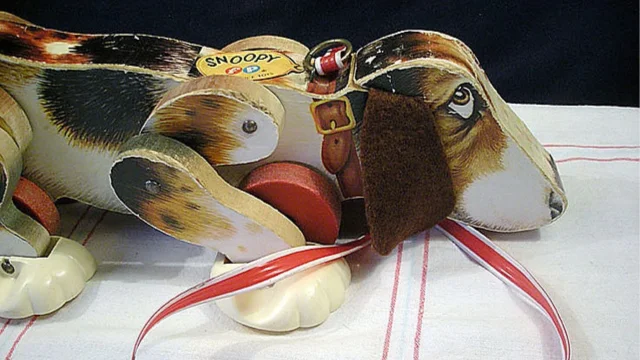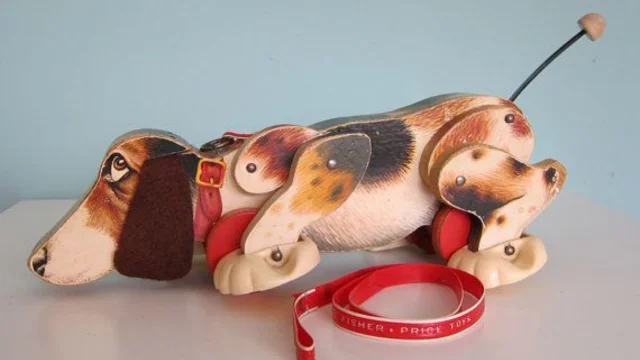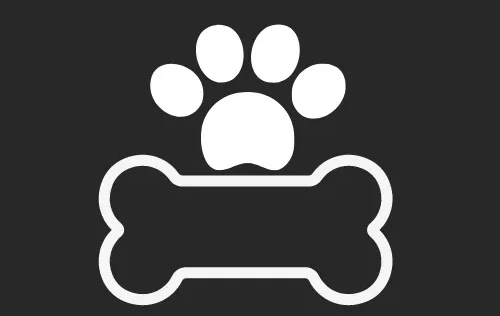How Much Is a Vintage Pull Toy Dog Worth? A Comprehensive Guide

Vintage pull toy dogs have become increasingly popular among collectors and enthusiasts, often fetching impressive prices at auctions and antique shops. This guide will explore the factors that influence the value of these charming toys, provide examples of notable pieces, and offer tips for potential buyers.
Understanding Vintage Pull Toy Dogs
Vintage pull toy dogs are typically made from wood, metal, or a combination of materials, and they often feature whimsical designs that capture the essence of childhood play. These toys date back to the late 19th and early 20th centuries and are often characterized by their craftsmanship and nostalgic appeal.
Factors Influencing the Value of Vintage Pull Toy Dogs
The worth of a vintage pull toy dog can vary widely based on several key factors:
1. Brand and Manufacturer
The brand plays a significant role in determining the value of vintage pull toy dogs. Recognized brands such as Fisher-Price, Steiff, and Schylling are often more sought after by collectors, commanding higher prices. For example:
- Fisher-Price pull toys from the 1960s and 1970s can range from $20 to $100.
- Steiff plush pull toys, especially those with original tags, may sell for $100 to $500 or more.
2. Condition
The condition of the toy is critical when assessing value. Factors to consider include:
- Physical Condition: Look for signs of wear and tear, such as scratches, paint loss, or broken parts.
- Functionality: A working pull mechanism adds value. Toys that can still be pulled along without issues are more desirable.
- Original Packaging: If the toy comes with its original box or packaging, it can significantly increase its value.
3. Material
Vintage pull toy dogs made from wood tend to hold more value than those made from plastic. Wooden toys are often associated with higher craftsmanship and durability, making them more appealing to collectors. For instance, a well-preserved wooden pull toy dog can fetch anywhere from $50 to $300, depending on the brand and condition.
4. Rarity and Demand
The rarity of a specific pull toy dog directly affects its value. Limited edition toys or those produced in small quantities are typically more valuable. For example, a rare Fisher-Price pull toy could be worth several hundred dollars in excellent condition, while common variants may only sell for a fraction of that.
5. Age and Historical Significance
Older toys, particularly those manufactured before the 1970s, often carry more historical significance and can be worth more. Collectors appreciate vintage items that evoke memories and represent a specific era. A vintage pull toy dog from the early 20th century may sell for $200 or more, depending on its brand and condition.
Price Ranges for Vintage Pull Toy Dogs
Understanding the price ranges can help you gauge the value of your vintage pull toy dog:
| Toy Description | Estimated Value |
|---|---|
| Early 20th Century Wooden Pull Dog | $100 – $300 |
| Rare Steiff Pull Toy Dog | $300 – $1,500 |
| Antique Schoenhut Dog Pull Toy | $200 – $800 |
| Vintage Metal Pull Toy Dog | $50 – $200 |
| Folk Art Wooden Pull Toy Dog | $150 – $600 |
Notable Examples
- Steiff Pull Toy Dogs: These high-quality toys often feature unique designs and are highly sought after by collectors. Prices can range from $300 to over $1,500 depending on rarity and condition.
- Schoenhut Toys: Known for their whimsical designs, Schoenhut pull toys can fetch between $200 and $800 at auction, particularly if they are in good condition.
- Folk Art Variants: Handmade wooden pull toys can also be valuable, especially if they showcase unique craftsmanship or artistic flair.

Tips for Buying and Selling Vintage Pull Toy Dogs
For Buyers
- Research: Familiarize yourself with brands, styles, and common price points before making a purchase.
- Inspect Carefully: Check the condition of the toy and ensure it functions properly. Look for any signs of repairs or modifications.
- Buy from Reputable Sellers: Consider purchasing from established dealers or auction houses that specialize in vintage toys.
For Sellers
Consider Auctioning: For rare items, consider auctioning them to reach a wider audience of collectors.
Know Your Market: Understand the current demand for vintage pull toy dogs and set a competitive price.
Provide Detailed Descriptions: When selling online, include clear photos and detailed descriptions of the toy’s condition, brand, and any unique features.
Conclusion
The world of vintage pull toy dogs is rich with history and charm, making them a delightful addition to any collection. By understanding the factors that influence their value and knowing what to look for when purchasing, collectors can make informed decisions and potentially find valuable treasures that evoke nostalgia and joy. Whether you’re a seasoned collector or just starting out, these whimsical toys offer a glimpse into the past that is both enchanting and collectible.
Frequently Asked Questions (FAQs)
How do I determine the age of my vintage pull toy dog?
To determine the age, look for brand markings, manufacturing dates, or any identifying features that may help you trace its history. Online databases and collector forums can also be helpful.
Are vintage pull toy dogs a good investment?
While some vintage pull toy dogs can appreciate in value over time, it’s essential to research and understand the market before investing. Rarity and condition are key factors in potential appreciation.
Where can I sell my vintage pull toy dog?
Consider online marketplaces like eBay, Etsy, or specialized toy collector websites. Local flea markets, antique shops, or toy fairs can also be excellent venues for selling.






